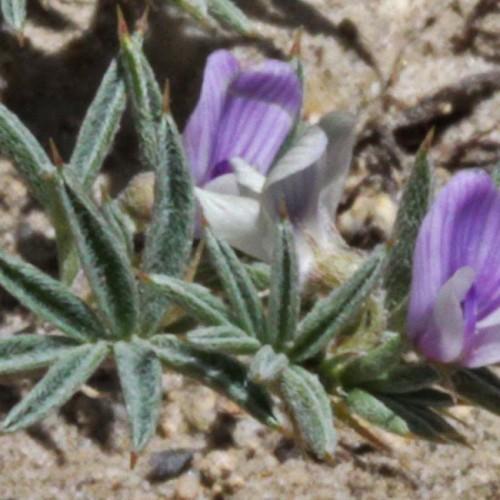
Prickly Milk Vetch
Astragalus kentrophyta
Also Known As - Spiny Milk VetchWatering:
Minimal
Hardiness Zone:
Sun:
full sun,part shade
Fruits:
Fruits Ready In Summer
Leaf:
Yes
Growth Rate:
Low
Drought Tolerant:
Yes
Salt Tolerant:
Yes
Care Level:
Medium
watering
Licorice Milkvetch prefers moderate to low amounts of water. During the spring and summer, water the plant when the top inch of soil has dried out. During the winter months, the plant needs very little water, as it is going dormant. Check the soil for dryness every 1 to 2 weeks and if dry, provide a deep, thorough watering. Allow the soil to drain completely before watering again. Overwatering can lead to root rot, so in general, err on the side of less rather than more.
sunlight
Licorice Milkvetch (Astragalus glycyphyllos) is an herbaceous perennial plant, which means it prefers regular sunlight. This species grows best in sunny, open spots with soil that is well-drained and does not stay too wet. It does best in full sun or with 6 to 8 hours of direct sunlight per day. LICorice Milkvetch should be planted in the spring, after the last frost has occurred, in soil temperatures of ideally 14-18 °C.
pruning
Licorice Milkvetch should be pruned during the late spring or early summer. Pruning should be limited to removing any dead or damaged stems and any suckers that have grown near the base of the plant. It is recommended that you prune the Licorice Milkvetch lightly so that it keeps its height and shape. Pruning should be done sparingly, as excessive pruning can harm the plant and lead to fewer blooms.
